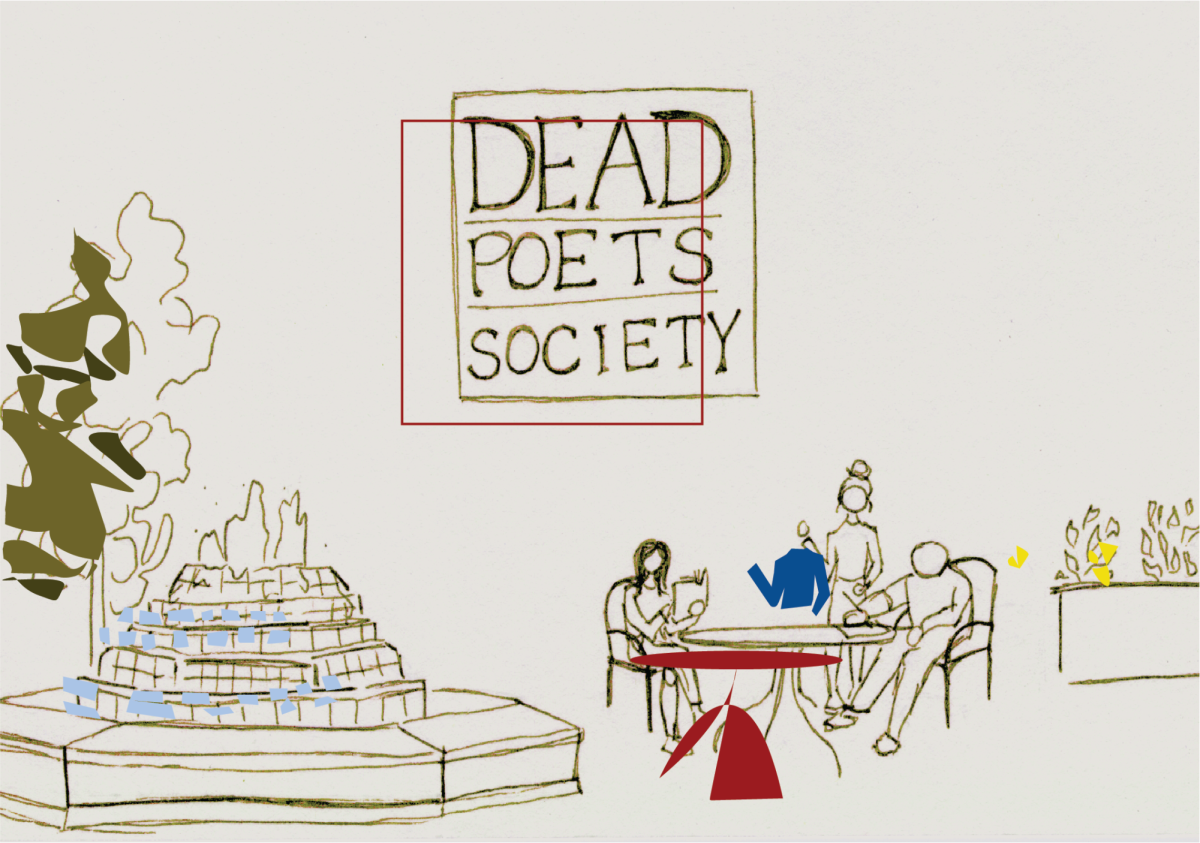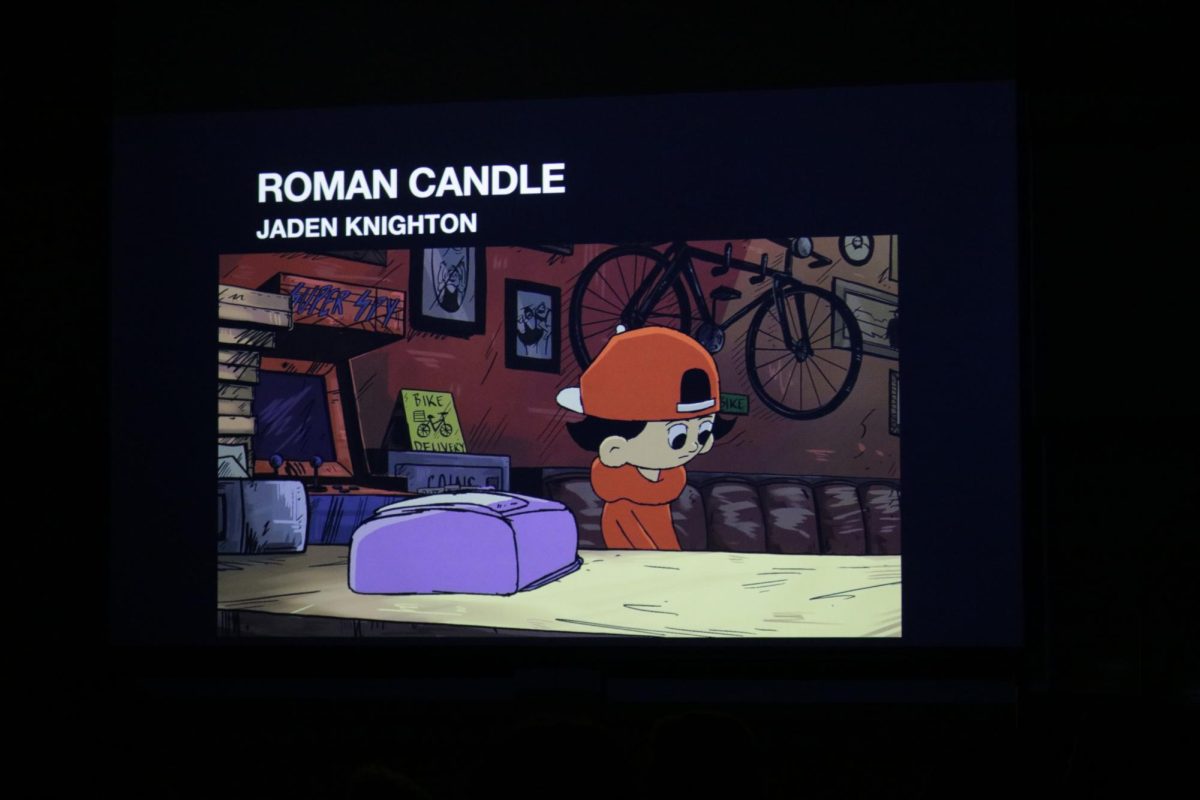
You and some friends stand in line for a movie. The movie theater marquee displays the new animated kid’s movie about bickering squirrels rated PG, the horror film that aims to be this week’s “Paranormal Activity” rated PG-13 and the new romantic comedy with that Hot Guy and Charming Girl rated PG-13. Or that hard-hitting drama dealing with Important Cultural Subject of the Month which just happens to be rated R. Which one do you watch?
If the first thing you did was look at the rating, then we have a problem. For too long many Christians have focused solely on the content of a film as opposed to digging deeper into the context. We miss the point, exploration or message that a work of art aims to express when we judge its heart by its surface.
We need to change the question from “what is in this movie?” to “why is it in the movie?” Film is visual and meant to be honest. If the film deals with the breakup of a marriage, such as “Blue Valentine,” should we shy away from showing the ugliness — the swear-word-laced arguments, the strained sexual encounters, the time one spouse pushed the other, or how one hits the bottle to numb the pain? Are we afraid to deal with reality — to take the world as it is — as opposed to what we want it to be? We sugarcoat the truth because it hurts going down.
“Magnolia,” “Children of Men,” “The Shawshank Redemption,” “12 Years a Slave,” “Dallas Buyers Club,” “Requiem for a Dream” — these movies are all rated R and can benefit Christians. They feature violence, sex, nudity, drugs and other topics that Christians typically shun. However, that should not stop you from engaging in these stories that deal with divine intervention, familial reconciliation, the power of redemption, our checkered history with race relations, the AIDS epidemic and the crippling blow of drug addiction. One of these even depicts a futuristic interpretation of the Nativity story. The purpose of the content is to make these stories effective by showing raw reality.
Christians need to wrestle with and discuss these kinds of films. We need to take part in these conversations. Beauty in its truest and purest form is something that was once ugly, broken and dirty, but is now washed clean. Why do we accept this narrative in our lives, but not in the stories of movies?
The best movies — the ones we connect with most — show characters caught in the mess of life and somehow struggle through it. They grow, mature, prevail and find redemption. Pain precedes relief. Without sickness, we cannot appreciate health. Struggle gives triumph meaning. The goal is to be honest to that truth.
The Bible teaches us that God loves even the filthiest of sinners and that Christ came to save the damned. He used prostitutes, adulterers and even Paul, the great persecutor of Christians, to do beautiful things for his Kingdom. These powerful pictures of redemption are incomplete without the sinful, ugly parts. Ugliness serves to elevate the beauty of their redemption. We should start to see our movie characters in the same light. Let us celebrate the totality of the journey — mistakes, pitfalls and all.
Christians, please do not shy away from the hard stuff — the gray of life. That is where we are needed most. Light is ineffective if not shining in the dark. Let us be honest with one another — as humans, our lives are filled with all manner of darkness.







